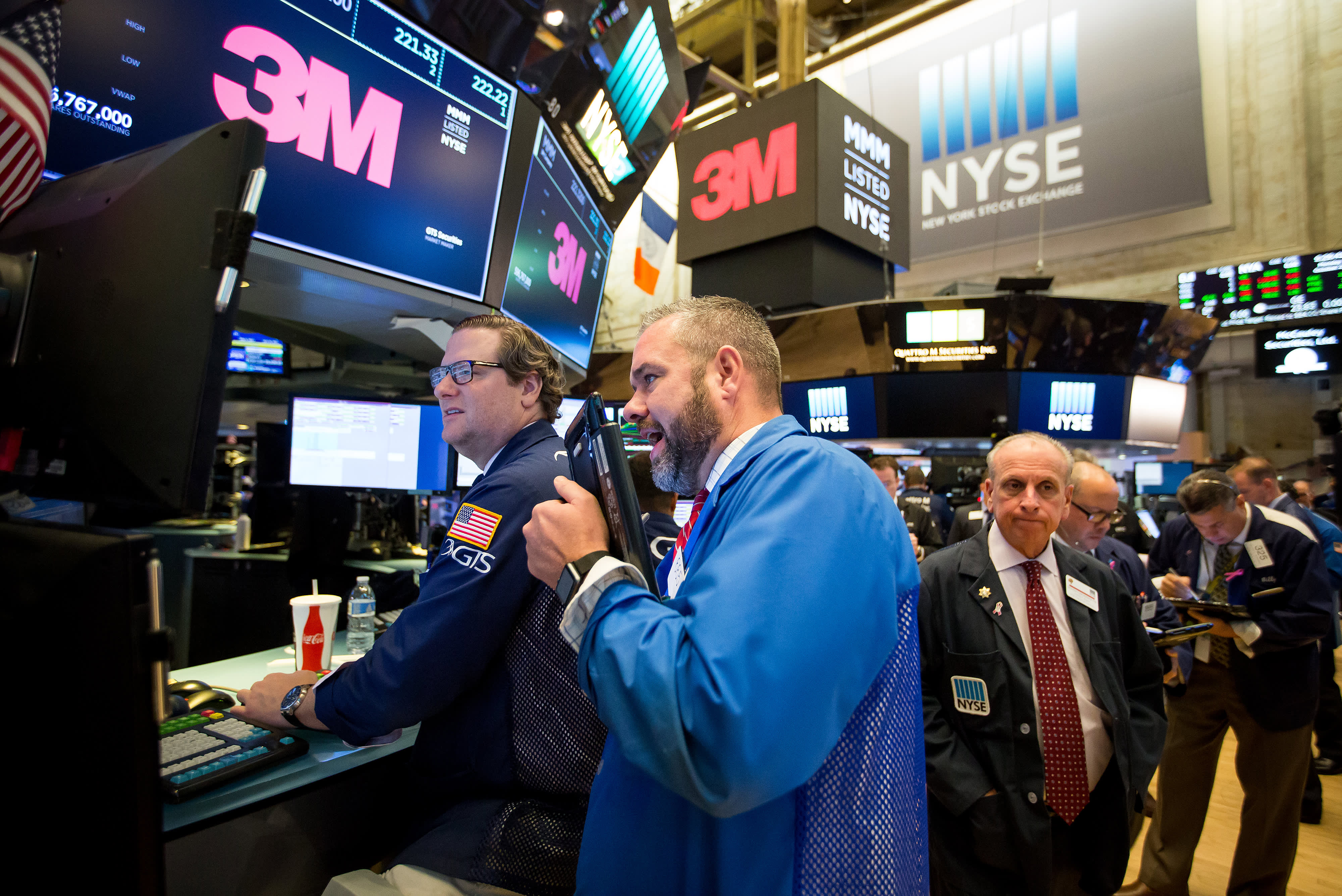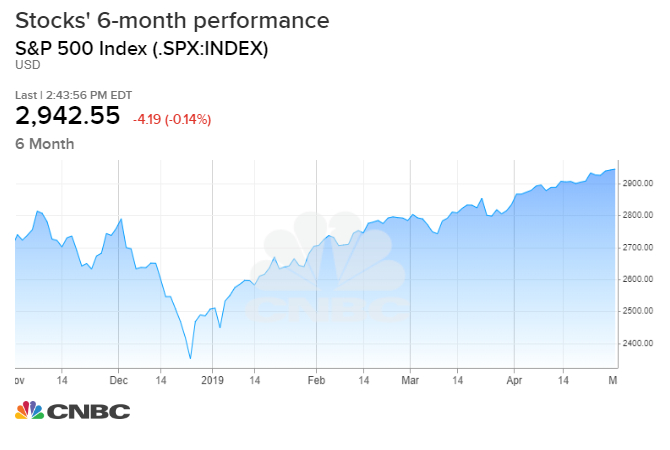Major Wall Street banks are telling clients to be ready for a sudden rip higher in the market

Traders work under monitors displaying 3M Co. signage on the floor of the New York Stock Exchange (NYSE) in New York, U.S.
Michael Nagle | Bloomberg | Getty Images
As stocks enjoy their best start to a year in three decades, Wall Street firms are flagging the risk of another, surprise move even higher.
And they have a playbook for clients if and when that happens.
In notes to clients this week, Morgan Stanley and Bank of America highlighted the possibility of another quick move higher. They refer to a so-called "melt up," driven by investors late to the game looking to get in on a positive momentum shift and often a sign of a late-stage bull market. The S&P 500 is up more than 17% this year, but there have been little inflows into stocks, suggesting a whole group of investors that could one day rush back in.
To make the most of it, the analysts are are recommending call options contracts that would pay off in a move higher. A call option is a contract giving investors the option, but not the obligation, to buy in at an agreed-upon price during a specific time period.
Bank of America is recommending clients buy short-dated, upside S&P call options to "capture a melt-up without having to time a melt-down."
"Investors (many of whom have missed some of the gains) are wondering whether to hop on for the ride or avoid adding risk in case the end of the rally is near," Bank of America Merrill Lynch analyst Benjamin Bowler said in a note to clients this week. "Recent 'green shoots' in the global economy and a benign positioning picture suggest there may be room for US equities to run further."
Bank of America used late 2017 through early 2018 as a case study. They found that short-dated call options would have helped investors "lock-in profits" during a U.S. equity melt-up, while limiting losses in an ensuing melt-down. The short-dated upside calls can also work for a number of other global equity markets, according to Bowler.
The main risk of that playbook is a rally that's not strong enough, relative to the call option break-even price, Bank of America said.
Waiting for a "melt-up"
Morgan Stanley also highlighted the event, but said it's more likely that the bullish move would originate overseas. Still, they recommend call options as "the best avenue for those looking to add beta."
"As the rally continues, investors are growing more excited about the possibility of a 'melt-up' – a further sharp move higher in the US market fueled by a dovish Fed, stabilising data and light investor positioning," Morgan Stanley analyst Andrew Sheets said in a note to clients this week. "For investors worried they are under-exposed to a more bullish scenario, we think call options offer the best risk-adjusted way to add beta."
The market's recent moves higher are thanks to some key sources of risks being avoided. Fed tightening seems to be a thing of the past while a trade war between the U.S. and China appears to be nearing its conclusion.
BlackRock CEO Larry Fink told CNBC last month that he sees "risk of a melt-up, not a meltdown here." Other firms — Societe Generale, Miller Tabak + Co. — also mentioned the possibility of an event in April notes to clients.
"Can the stock market "melt-up" from here? Of course it could," Matt Maley, managing director and equity strategist at Miller Tabak + Co, said in an email to clients. "Would it be positive for the long-term if it did? Of course not."
Maley highlighted that in order for a "melt-up," to happen, one has to assume that the Federal Reserve won't step-in and "throw some water on the fire" if the markets start to move up rapidly.
Still, Morgan Stanley is skeptical about an immediate melt-up for U.S. equities. Sheets said the firm is "comfortable" with its current 2,400-3,000 bull/bear range for the S&P 500.
"Melting up is hard to do," Sheets said. "We think that the most plausible bull case for the remainder of 2019 is one where better-than-expected China growth pulls up other regions."

Read More
No comments